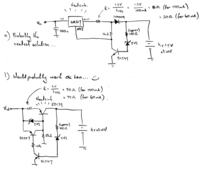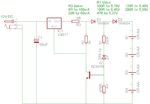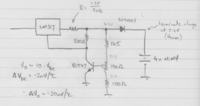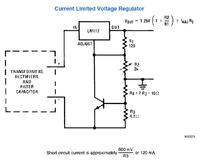nmbg011
Member level 3
Hi all,
I need NiMh battery charger, with constant current, without MAx... and such IC, just make by transistor.
I need 150mA and 60mA optional charging current. Charger should stop at desired voltage level for 4xAA or 4xAAA 5,8V-6V
I need NiMh battery charger, with constant current, without MAx... and such IC, just make by transistor.
I need 150mA and 60mA optional charging current. Charger should stop at desired voltage level for 4xAA or 4xAAA 5,8V-6V




